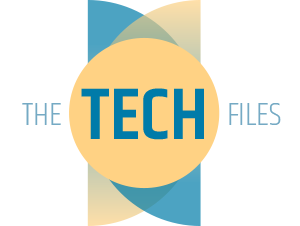What are the benefits of lapping compared to grinding?
A grinding process can cause high levels of stress on delicate materials as the grinding medium tears at the surface of the material, often generating a lot of heat and potentially leaving an uneven surface behind. The damage caused during grinding will also propogate through the material, often producing considerable sub-surface damage. Where a grinding pad is used on a revolving platen, it will always wear unevenly due to the difference in relative movement speed and pad area across the pad diameter, this means that the grinding effect on the sample will change during the process, reducing the accuracy of the sample and the uniformity.
Lapping is a more gentle process as the abrasive is held in a carrier fluid which passes as a liquid between the sample and the lapping plate, and as the liquid flows it performs in a more uniform manner, resulting in more uniform samples. The damage to the material during the lapping process is much lessened and more predictable, and the chance of sample breakage is much reduced.
How do I bond my samples?
When working with fragile materials you may need to bond the sample to a glass slide or substrate. This will support the sample during processing.
Logitech have a number of options for bonding samples to substrates, such as thin section bonding jigs or wafer substrate bonding units. These are used with Logitech adhesive consumables such as epoxy resin, quartz wax, thin film bonding wax and araldite mounting resin.
Logitech Thin Section Bonding Jigs enable you to control the thickness of your bonding for precise bond orientation. These jigs are ideal when working with ultra thin geological samples.
The Wafer Substrate Bonding Units offer premium bonding for the processing of fragile semiconductor wafers such as silicon or gallium arsenide.
What is lapping?
Lapping is a machining process where two surfaces are rubbed together with an abrasive in between, with the purpose of removing material in a controlled manner. Lapping typically produces a uniform surface that nevertheless is ‘damaged’ by the lapping process; the depth and nature of this damage will be the result of a combination of factors such as the particle size and material of the abrasive, the force applied, the material type, the lapping plate, and so on. Logitech can offer a variety of abrasives and lapping plates that will produce required results on various materials.
What is polishing?
Polishing is typically used following a lapping process to remove the lapping damage and produce an acceptable level of surface finish / surface roughness. Various combinations of polishing pads and slurries are available from Logitech to allow different materials to be polished as required.
Can I access material application notes?
Various application notes are available at the following location /knowledge-training/application-process-notes/
Do you provide training?
When you buy a system from Logitech a fully expensed training course at our facility in Scotland is often included- talk to your local representative to hear more about this. If you want a training course to cover your existing equipment this is also available at our training facility in Scotland, our training team is available all year.




